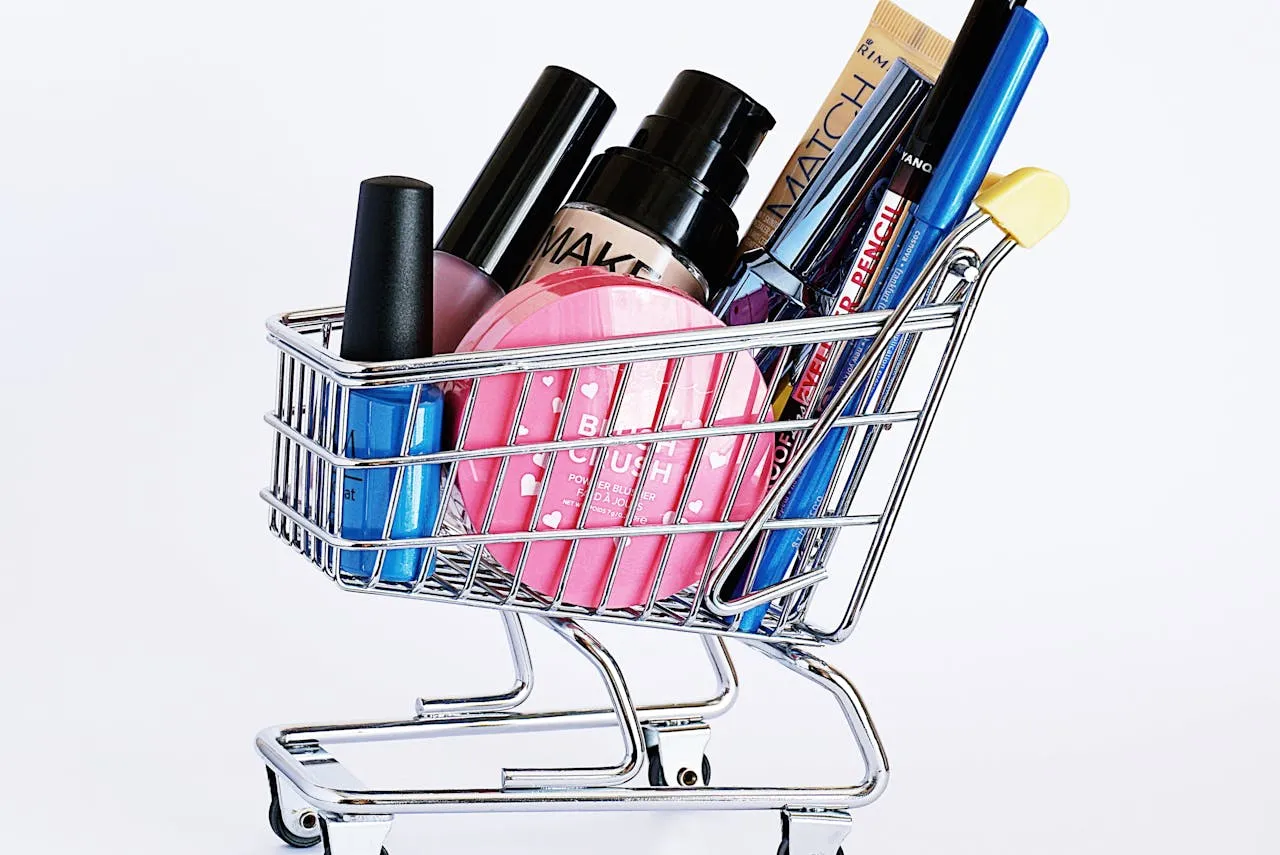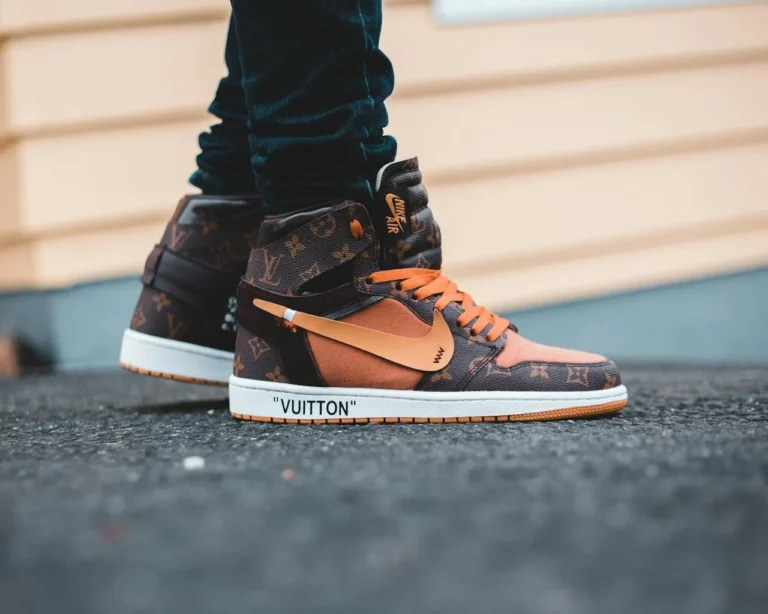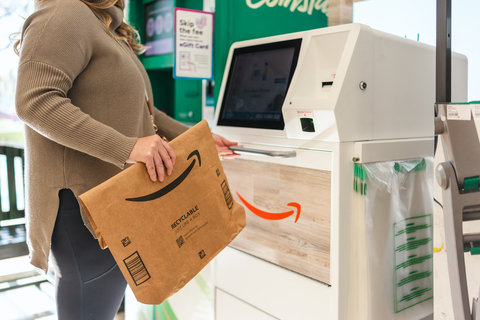
NIQ Reports Strong 7.3% Global Beauty Sector Growth, Driven by E-Commerce and Social Commerce
NielsenIQ (NIQ), a leading consumer intelligence firm, has reported that the global beauty industry has experienced a substantial 7.3% year-over-year (YoY) growth in value. This surge is largely fueled by rising consumer incomes, inflationary pressures, and an expanding customer base entering the market.
Regional Market Performance: Latin America and Africa-Middle East Lead Growth
NIQ Reports Among the top-performing regions, Latin America and the Africa-Middle East market stand out with the most significant growth rates. North America and Western Europe also exhibit impressive figures, reporting YoY increases of +7.8% and +7.7%, respectively.
In the Asia-Pacific (APAC) region, NIQ Reports key markets like South Korea, India, Thailand, Singapore, and New Zealand are playing an increasingly vital role in the sector’s expansion. These markets are characterized by growing consumer demand, strong digital adoption, and evolving beauty trends that align with both traditional and modern preferences.
E-Commerce Driving Beauty Industry Growth
NIQ Reports A defining trend in the global beauty landscape is the rapid acceleration of e-commerce. Online beauty sales continue to outpace in-store retail, with significant variations in penetration rates across regions. China remains the undisputed leader, where a staggering 87% of total haircare and skincare sales are made online. India follows with 17% of its beauty product purchases occurring through e-commerce platforms, while Brazil lags at under 10%.
The United States is witnessing a major transformation in shopping habits, with online sales now accounting for 41% of all beauty and personal care transactions. Over the past four years, Amazon has emerged as a dominant force, gaining 7.3 share points by offering competitive pricing, swift shipping, and a vast selection of products. Increasingly, consumers are turning to digital platforms to replenish their favorite beauty products, contributing to the continuous rise in online spending.
Despite the significant shift to online shopping, traditional in-store retail NIQ Reports remains relevant. Physical stores provide an irreplaceable tactile experience, especially for high-value skincare and personal care products that require in-person trials and expert consultations. Moving forward, retailers must focus on transforming their in-store experience to complement the digital shopping journey, ensuring seamless integration of both channels.
The Rise of Social Commerce: Impulse-Driven Beauty Purchases
NIQ Reports Social commerce has emerged as a key driver of beauty industry growth, with a notable 68% of purchases on social media platforms attributed to impulse buying. TikTok Shop, in particular, has rapidly gained traction, now ranking as the 8th largest e-commerce health and beauty retailer in the United States. The platform has already surpassed $1 billion in beauty sales, with 12.5% of U.S. online beauty shoppers having made at least one health or beauty-related purchase through the app.
China’s social commerce landscape is even more advanced. Douyin, NIQ Reports the Chinese counterpart of TikTok, accounts for an impressive 31% of total skincare purchases. These platforms have revolutionized consumer engagement by blending product discovery, education, and purchasing into one seamless experience. Brands that successfully leverage influencer marketing, live streaming, and interactive content are seeing heightened customer engagement and loyalty.
The Future of Beauty Retail: Striking a Balance Between Online and Offline Experiences
NIQ Reports While digital commerce is reshaping the beauty industry, physical retail stores are far from obsolete. Many consumers still value the in-store experience, particularly for premium products that require expert guidance. As a result, retailers are increasingly adopting hybrid models that merge online discovery with in-store interaction.
For instance, some beauty brands now offer virtual consultations before guiding customers to nearby stores for a final purchase. Others leverage AI-driven beauty tools that allow shoppers to virtually “try on” makeup before making a decision. These strategies cater to modern consumers’ desire for both convenience and personalization, ensuring a holistic shopping experience.
Navigating the Evolving Beauty Market Landscape
According to Tara James Taylor, Senior VP of Beauty & Personal Care at NIQ, the evolving beauty market presents both opportunities and challenges. “In the rapidly changing beauty industry, success in 2025 is a delicate balance. The dynamics between innovation and tradition, affordability and luxury, sustainability and scalability, and personalization and inclusivity are reshaping the market for beauty manufacturers and retailers. Finding the right balance will be crucial for those aiming to thrive in the $1 trillion global beauty market.”
As the industry continues to evolve, businesses that strategically align with these emerging trends—embracing digital transformation, leveraging social commerce, and optimizing both online and offline customer experiences—will be well-positioned for sustained growth in the competitive global beauty market.







